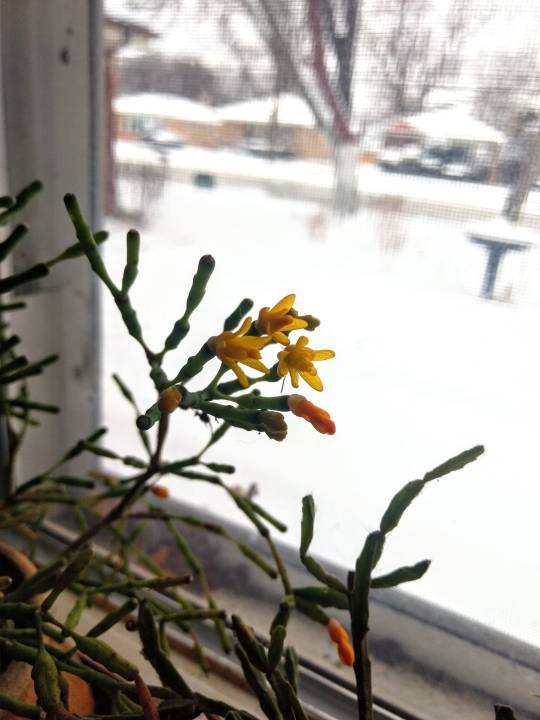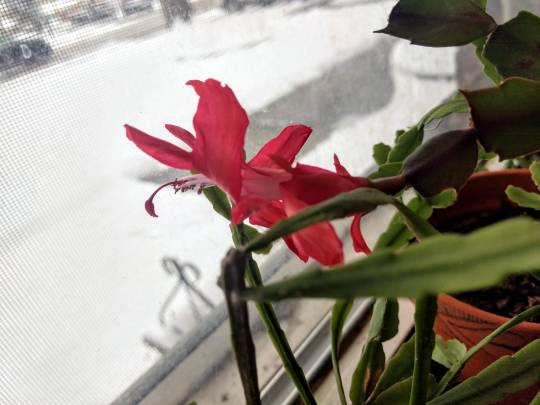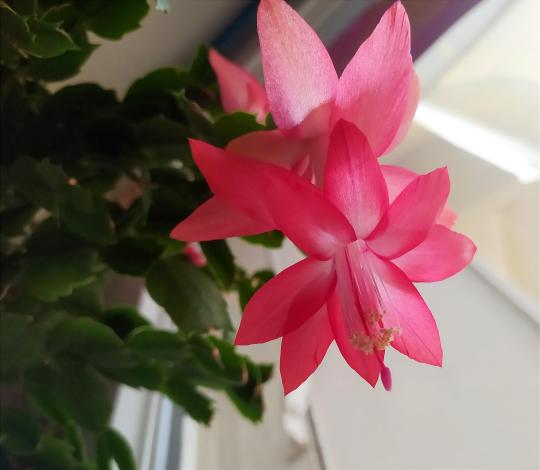#hatiora
Text
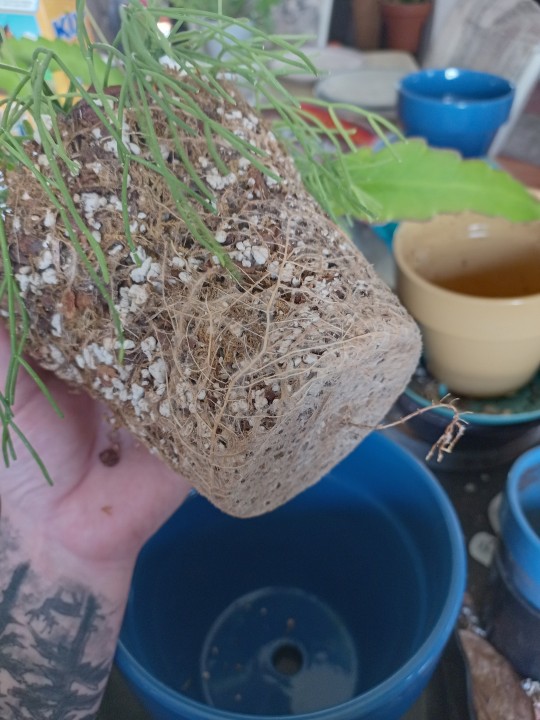
I think there's a distinct possibility that I waited a bit too long to pot these guys up.

On the bright side, they really didn't care... and now they're ready for their next stage of growing.
#plantblr#plants#houseplants#succulents#orchid cacti#Epiphyllum#Hatiora#rhipsalis#cacti#that mixed pot... i didn't like mixed pots when i put it together but I had no idea what to do with the cuttings#the longer I have it the more I really really like it#cus it's just funky and messy and just random and wild looking and I dig that
31 notes
·
View notes
Text
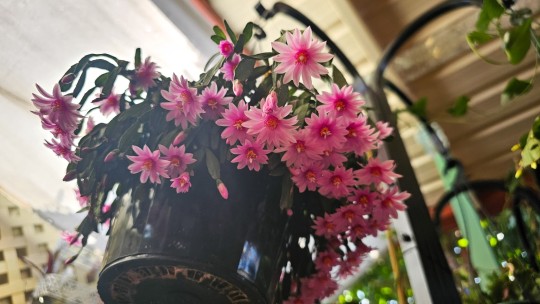
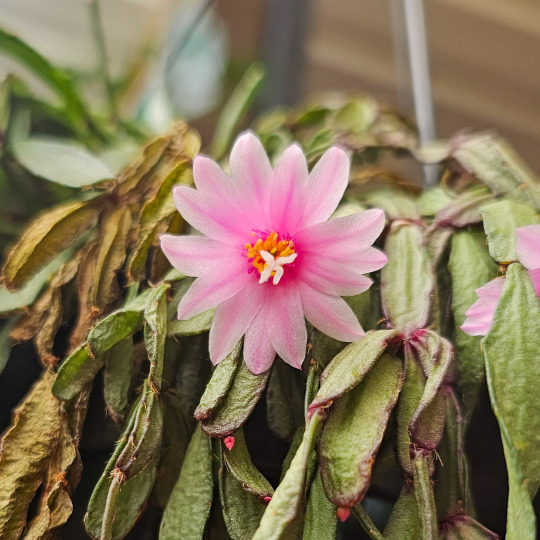
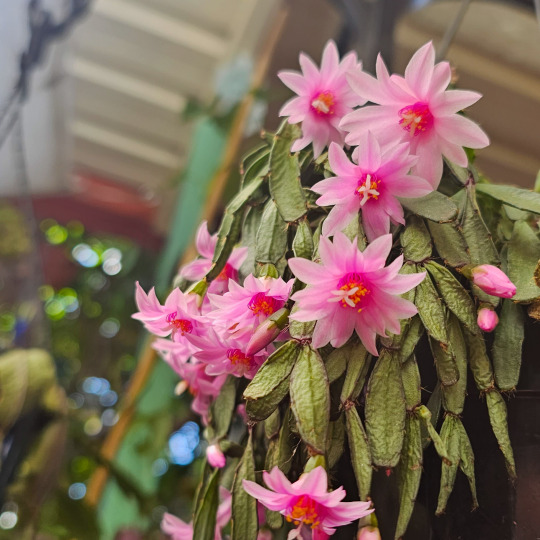


Rhipsalidopsis season 🌸🌸🌸🌸🌸
ID: Hatiora rosea / Rhipsalidopsis rosea
#Rhipsalidopsis#rhipsalidopsis rosea#hatiora rosea#easter cactus#succulents#cactus#plantblr#plants#eunnui
202 notes
·
View notes
Text
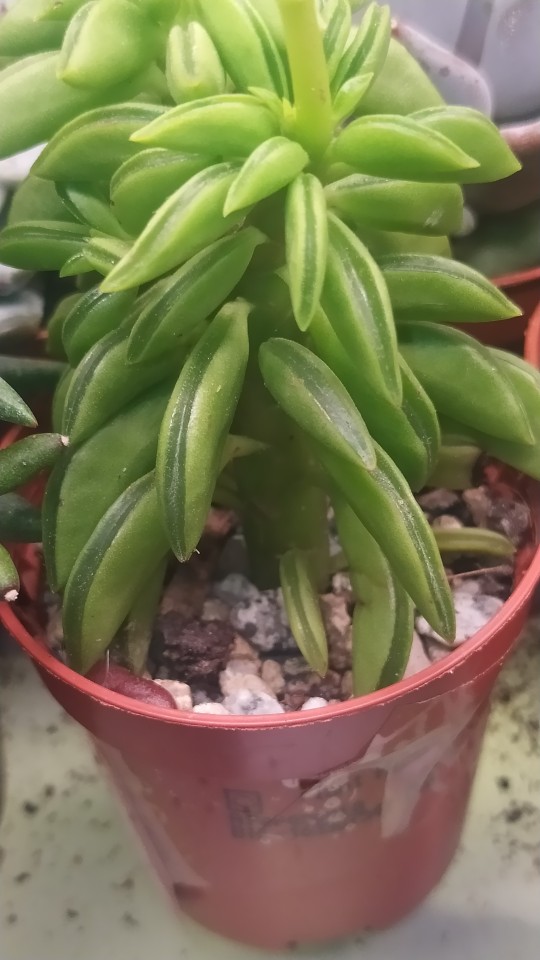


fat little peperomia dolabriformis and what its tiny white flowers look like.

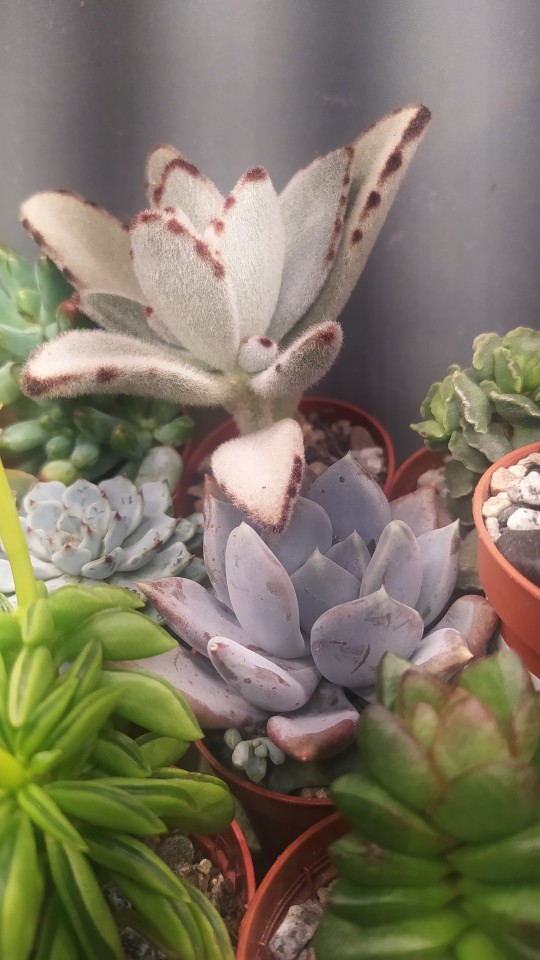
my lithops pseudotruncatella in the process of splitting, kalanchoe tomentosa, and pachyveria pachyphytoides
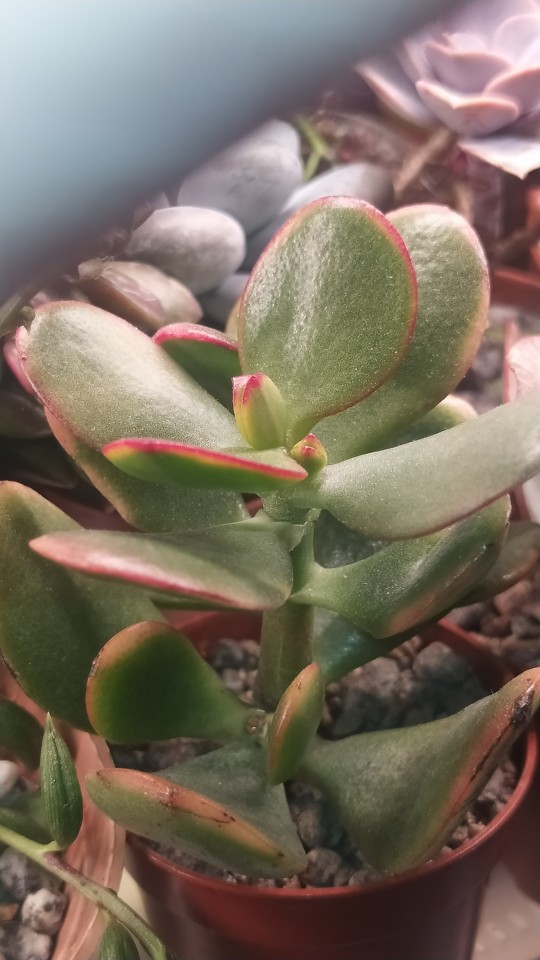
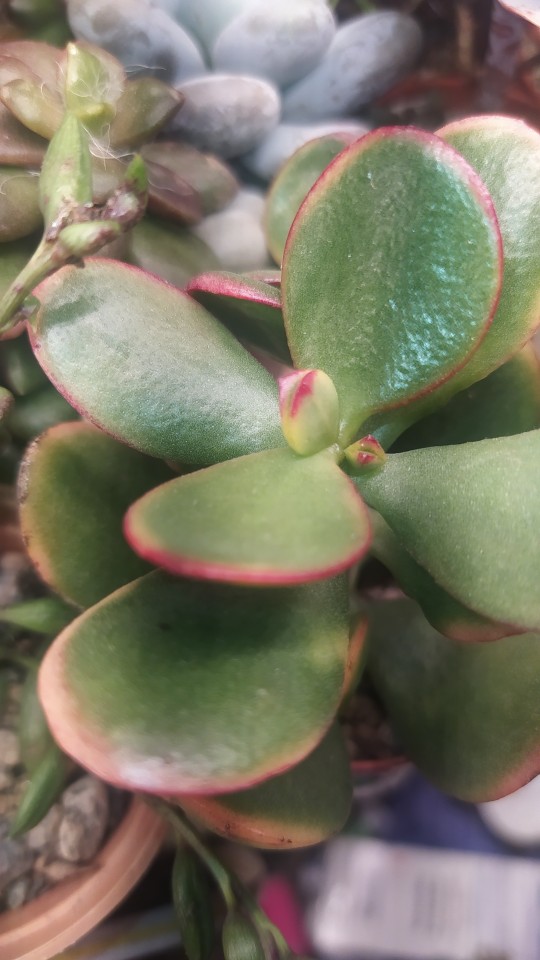
crassula ovata hummels sunset
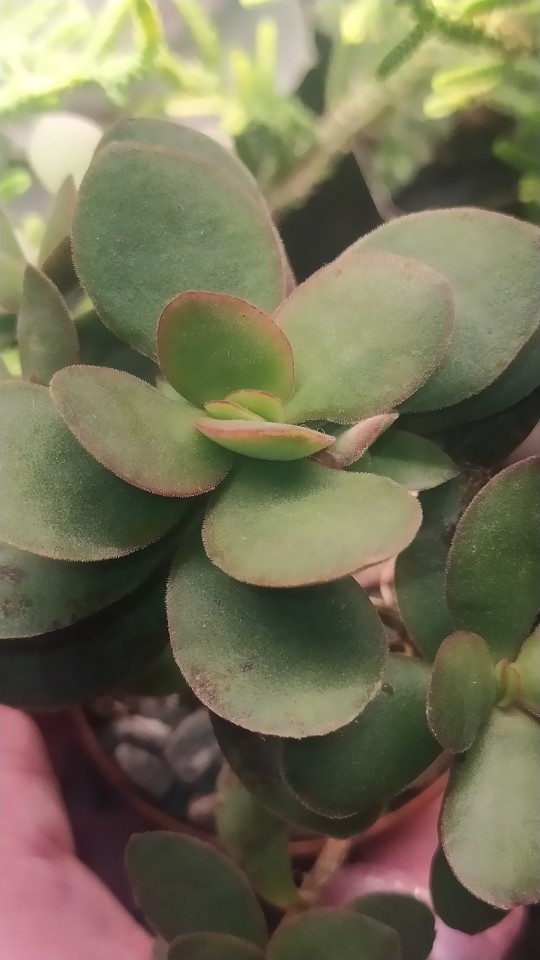

crassula swaziensis, echeveria pulidonis
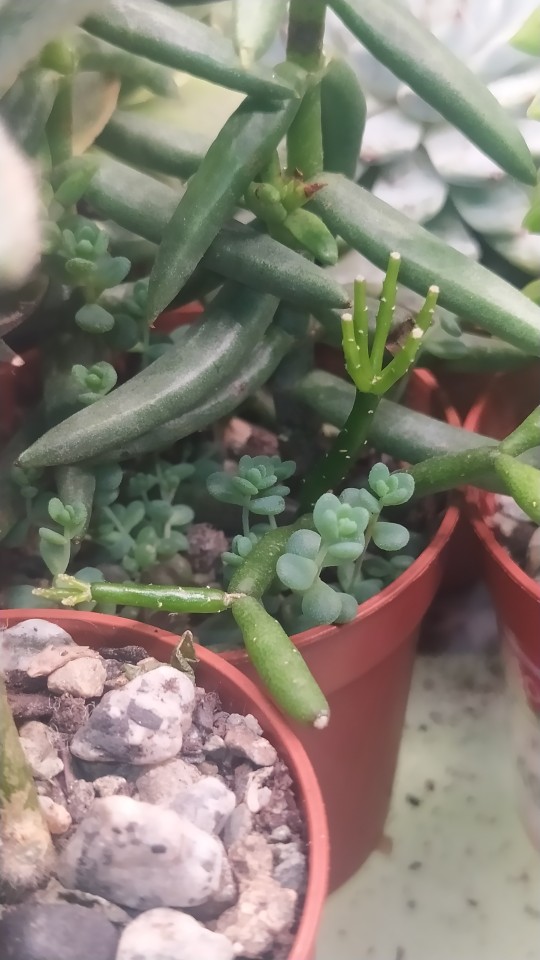
sedum dasyphyllum, crassula tetragona and hatiora salicornioides
#personal#succulents#succulentblr#plants#plantblr#peperomia dolabriformis#lithops#lithops pseudotruncatella#kalanchoe tomentosa#panda paw succulent#pachyveria pachyphytoides#crassula ovata hummels sunset#crassula swaziensis money maker#echeveria pulidonis#pulidos echeveria#sedum dasyphyllum#corsican stonecrop#crassula tetragona#hatiora salicornioides#my plants
6 notes
·
View notes
Text
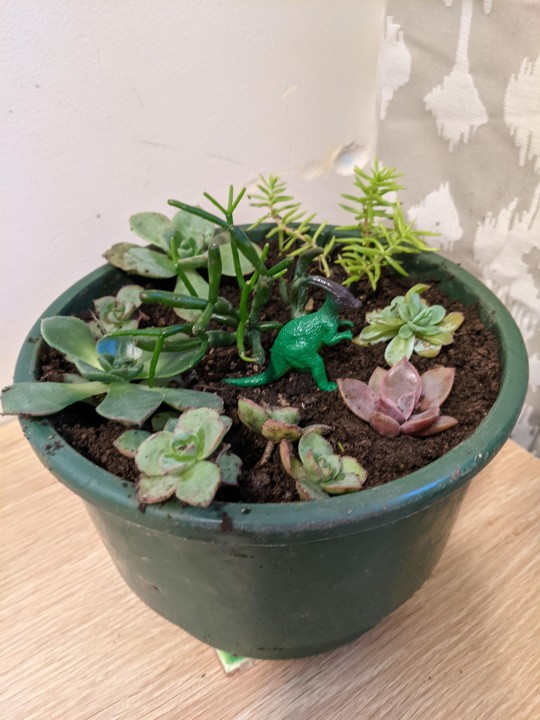
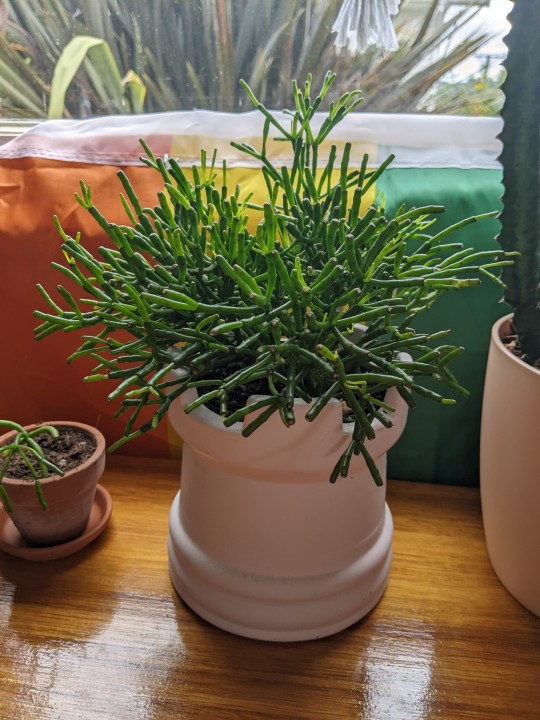
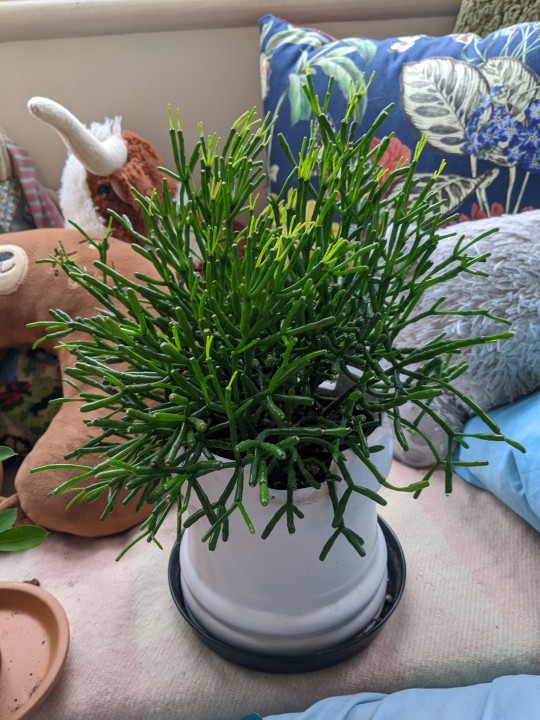
Y'know what that is? Growth
(August 2021, February 2022, April 2022)
#cottagecore#nz#gardening#gardens#plant#plants#cacti#cactus#hatiora salicorniodes#dancing bones cactus#houseplants#plantblr
4 notes
·
View notes
Text
"you can tell which holiday cactus you have by when it flowers" No you can't, based on leaf shape my mum has a Thanksgiving cactus and I have a Christmas cactus (so two species or hybrids of Shlumbergerea) and they have both started flowering this week, halfway between when Christmas and Thanksgiving would be if we moved them over 6 months.
#but cam confirm from the flowers they're both definitely Schlumbergera#which is important because they have different requirements from Easter cactus#which is Rhipsalidopsis or Hatiora depending on who you ask#gnome post#house plants#unless you live in a tropical forest i guess
1 note
·
View note
Text
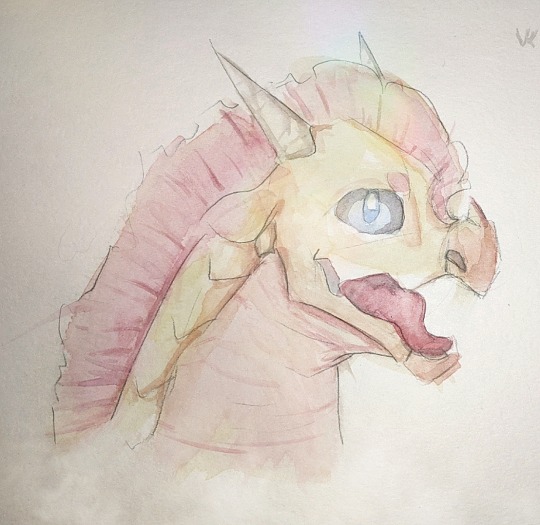
Traditional art of my OC — Hatiora sandwing! Just happy dragon in watercolour :3
24 notes
·
View notes
Text
https://en.m.wikipedia.org/wiki/Rhipsalis_baccifera
Rhipsalis baccifera, commonly known as the mistletoe cactus, is an epiphytic cactus which originates from Central and South America, the Caribbean, and Florida. It is also found throughout the tropics of Africa and into Sri Lanka where it is known in Sinhala as nawahandi (නවහන්දි).[2] This is the only cactus species naturally occurring outside the Americas. One hypothesis is that it was introduced to the Old World by migratory birds, long enough ago for the Old World populations to be regarded as distinct subspecies.[3] An alternative hypothesis holds that the species initially crossed the Atlantic Ocean on European ships trading between South America and Africa, after which birds may have spread it more widely.[4]
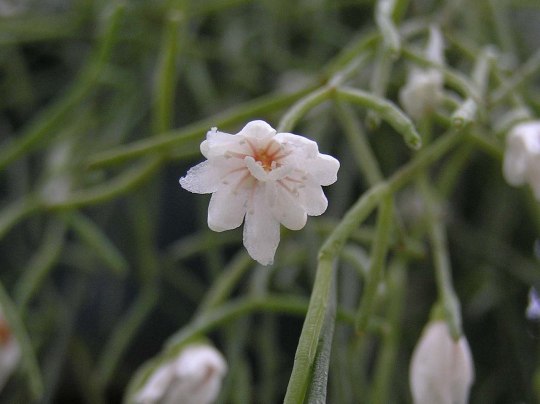
The species shows considerable polymorphism and can be divided into numerous subspecies. Mesoamerican specimens are usually tetraploid and South American specimens are diploid. The genera currently assigned to the tribe Rhipsalideae (which include Hatiora, Lepismium, and Schlumbergera in addition to Rhipsalis) were subject to considerable confusion and disagreement prior to the clarification by Wilhelm Barthlott and Nigel Taylor in 1995.

10 notes
·
View notes
Text

𝐆𝐞𝐨𝐫𝐠𝐞𝐬 𝐖𝐚𝐫𝐝 • 𝐶𝑖𝑟𝑐𝑢𝑙𝑎𝑟 𝑑𝑟𝑒𝑎𝑚 𝑋𝐿𝑉𝐼 • 2022 • 12,3 cm. Ø • acrílico sobre madera. El lepidóptero agriades optilete (conocida como la niña de los arándanos) posada en el cactus de Pascua (Hatiora gaertneri).
#butterfly #Agriades #cactusdepascua #Hatioragaertneri #カクタス #蝶
10 notes
·
View notes
Text
🔗FIC REC: Hatiora Gaertneri by Marenke

| Rated G | 2 Chapters, 1.6k words | Clizzy
SUMMARY
Okay, so maybe Clary was drawing her neighbour.
2 notes
·
View notes
Text
Flor-de-Outubro - Hatiora rosea
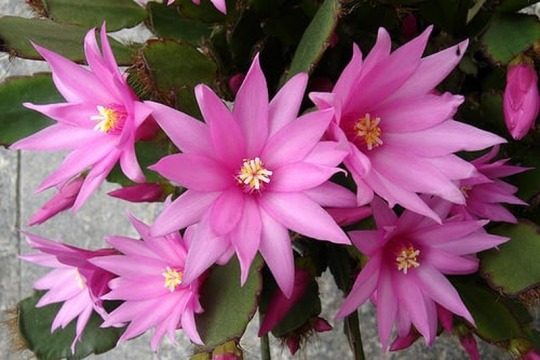
Nome Científico: Hatiora rosea
Nomes Populares: Flor-de-outubro
Família: Cactaceae
Categoria: Cactos e Suculentas, Flores, Flores Perenes, Folhagens
Clima: Equatorial, Subtropical, Tropical
Origem: América do Sul, Brasil
Altura: 0.1 a 0.3 metros, menos de 15 cm
Luminosidade: Luz Difusa, Meia Sombra
Ciclo de Vida: Perene
Sobre a Flor-de-Outubro
- Mantenha a Flor-de-Outubro em local arejado e bem iluminado. A falta de luz enfraquece muito estas plantas e se não receberem luz suficiente podem morrer. Porém não deixe-as pegar sol directo por mais que 4 horas, pois o sol directo pode queimar as folhas.
- Regue quando a terra estiver seca. Geralmente uma vez por semana, mas a frequência pode variar, dependendo da região onde mora. Em lugares com clima mais seco, aumente a frequência da rega.
- Mantenha a terra nutritiva, ou seja, adube a cada 2 meses. Pode adubar a Flor-de-Outubro com esterco, com farinha de osso ou com adubos vendidos em casas de jardinagem, como o Green-Fix, por exemplo.
Esterco fresco fermenta e pode matar a Flor
Dica: Seja sempre cauteloso com as adubações, pois adubo demais também mata qualquer planta. Então quando comprar adubo, leia as instruções e siga a quantidade descrita no rótulo. Se tiver dúvida, é melhor usar menos adubo do que usar em excesso.
Se usar esterco, certifique-se que ele está bem curtido, ou seja, bem seco e antigo.
Quando perceber que têm botões de flores, não as deixe ao sol directo, pois o sol desbota as flores.
Plante a Flor-de-Outubro em vasos, jardineiras e cestas pendentes, de forma que o efeito pendente possa ser valorizado. Ideal para adornar varandas, pátios, salas de estar, escritórios, entre outras áreas protegidas do sol directo, porém bem iluminadas.
Seguindo as últimas tendências, a flor-de-outubro é uma espécie de eleição para os curiosos vasos invertidos (de cabeça para baixo) e para jardins verticais.

Origem e Características
Originária da Ásia, a Flor-de-Outubro é uma planta perene que pode atingir até 60 centímetros de altura. Ela é conhecida por suas flores cor-de-rosa intensas, que florescem no outono e podem durar até o início do inverno. As flores são pequenas, mas agrupadas em inflorescências que formam uma espécie de coroa, dando à planta um aspecto majestoso.
Cultivo e Cuidados
A Flor-de-Outubro é uma planta de fácil cultivo e manutenção. Ela prefere solos bem drenados e ricos em matéria orgânica, e pode ser cultivada tanto a pleno sol quanto à meia-sombra. A rega deve ser regular, mas sem encharcar o solo. A planta é resistente ao frio e pode ser cultivada em regiões de clima temperado.
Benefícios e Usos
Além de sua beleza estética, a Flor-de-Outubro também tem usos práticos. Suas flores atraem abelhas e borboletas, tornando-a uma excelente escolha para jardins voltados para a atração de polinizadores. Além disso, a Flor-de-Outubro também é usada em arranjos florais, devido à sua longa duração e cor vibrante.
A Beleza da Flor-de-Outubro
A Flor-de-Outubro é uma planta que combina beleza, resistência e facilidade de cultivo. Seja para atrair polinizadores, para adicionar cor a um arranjo floral ou simplesmente para apreciar sua beleza, a Flor-de-Outubro é uma excelente escolha para qualquer jardim.
Read the full article
0 notes
Photo

Several colours of Easter Cactus or Whitsun Cactus (Schlumbergera Gaertneri), {Northern Hemisphere Easter} formerly Hatiora gaertneri, it’s an epiphytic cactus found in southeastern Brazil, in Paraná and Santa Catarina, at altitudes of 350–1,300 m (1,100–4,300 ft). The “leaves” are actually stems. Quite easy to grow from broken off cuttings and does well in a hanging basket. Unlike the Christmas Cactus (S. Truncata) these flowers close up after the sun has passed and they are in shadow. #EasterCactus #WhitsunCactus #SchlumbergeraGaertneri #South American #epiphyte #lithophyte #abcmygarden #flower (at Belmont, New South Wales, Australia) https://www.instagram.com/p/CkXryzYP1vZ/?igshid=NGJjMDIxMWI=
0 notes
Text
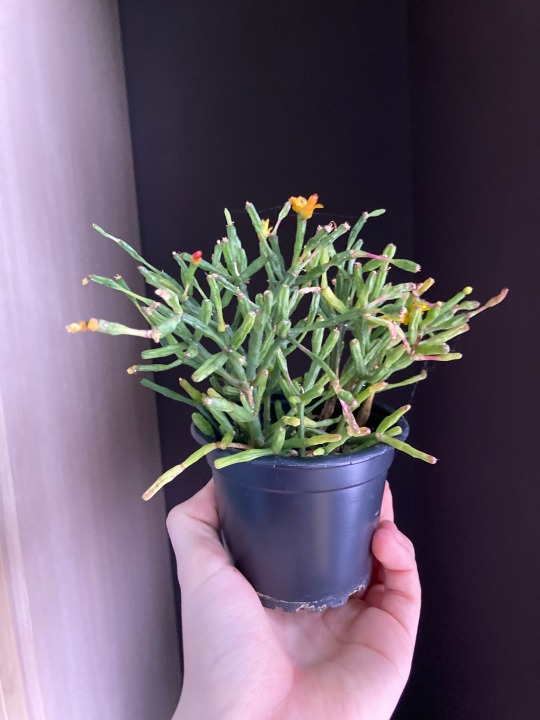
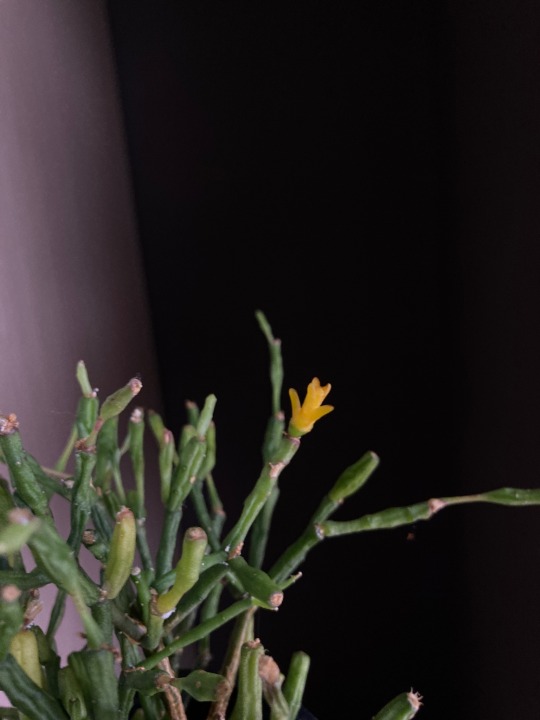
Normally this one is full with flowers but i haven’t been home for so long that i missed them + my succulents were also getting very dehydrated 🥴
#plantblr#gardeners on tumblr#plant#my plants#succulent blog#succulent#succulents#flowering#blooming#flowering succulent#hatiora salicornioides#hatiora
67 notes
·
View notes
Text
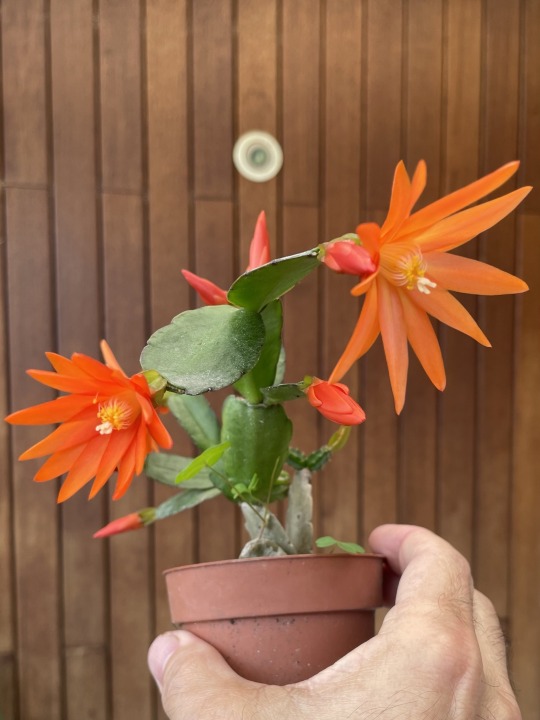
Easter cactus blooming
El cactus de Pascua ya está floreciendo
58 notes
·
View notes
Text

Hatiora
41 notes
·
View notes
